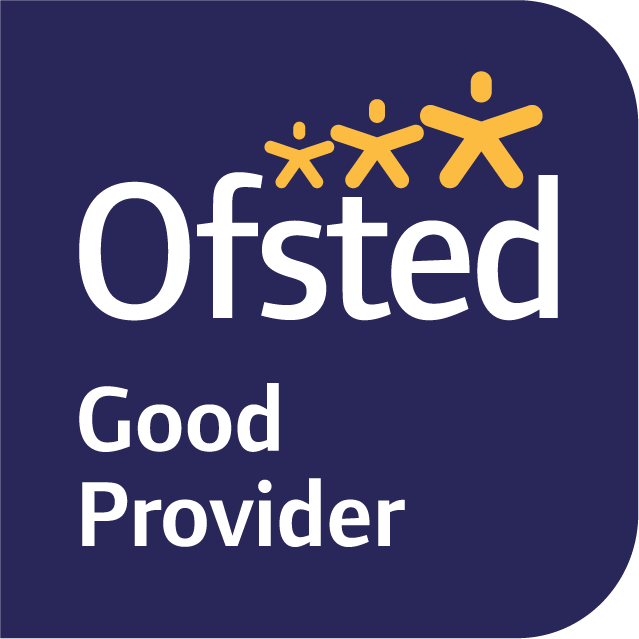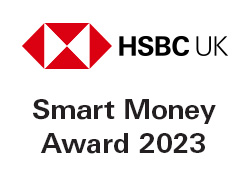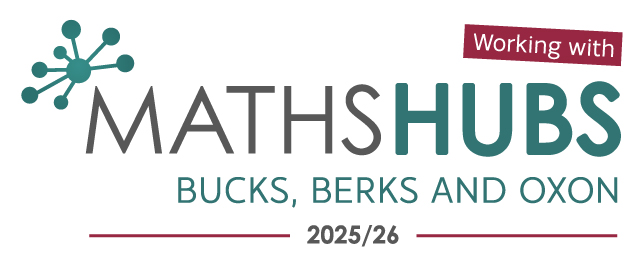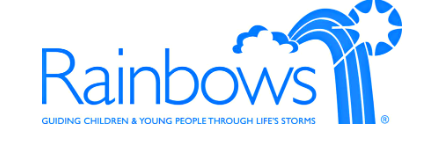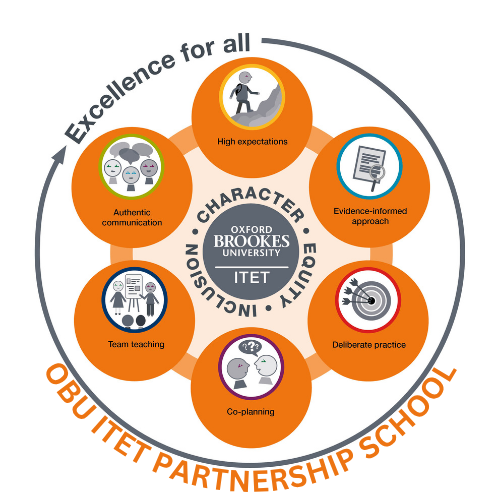Zones of Regulation
As part of our curriculum, we teach the internationally recognised Zones of Regulation programme. This curriculum provides a variety of activities that help children develop important skills in self-regulation learning to understand and manage their feelings, thoughts, and behaviours. There is clear progression as children move through school: in the Early Years, pupils begin by recognising and naming different emotions, while in Upper Key Stage 2 they explore how their behaviour can affect the feelings and experiences of others.
There are four different coloured 'zones' which help pupils to categorise the feelings they experience and allow them to improve their ability to recognise and communicate these feelings in a safe, non-judgmental way. It will also allow the pupils to tap into strategies and tools to help them move between zones, resulting in a regulated, calm state or the 'Green Zone'
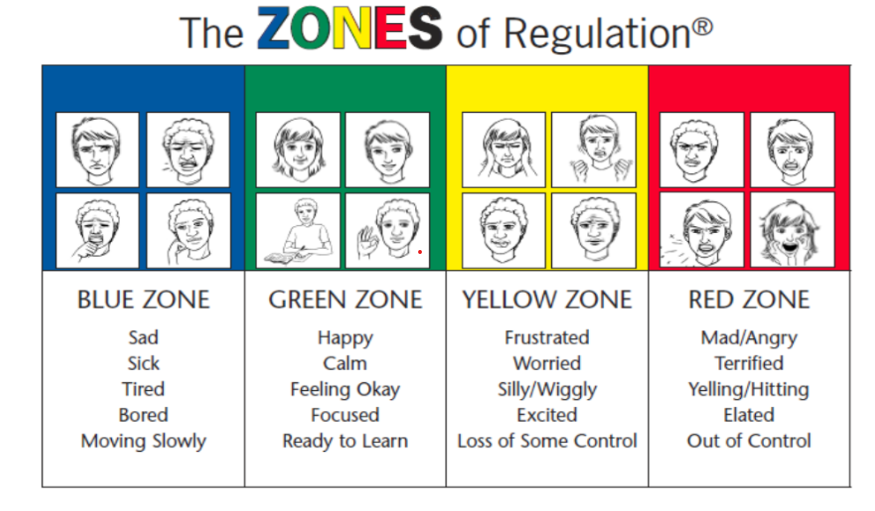
Which colour corresponds to which emotion?
The Blue Zone
The Blue Zone describes low levels of alertness. This is when someone might feel sad, tired, unwell or bored. Their body or brain may be moving more slowly or feel sluggish.
The Green Zone
The Green Zone describes a calm and regulated state. A person in this zone may feel happy, focused, or content. This is the ideal zone for learning, socialising and showing good self-control.
The Yellow Zone
The Yellow Zone describes a higher state of alertness, but with some self-control still present. A person in this zone might feel worried, stressed, frustrated, excited, silly, nervous, or fidgety. It is a signal that they may be starting to lose control.
The Red Zone
The Red Zone describes very heightened alertness and strong emotions. Someone in this zone might feel angry, furious, panicked, terrified, or overexcited. In this state, a person is not in control of their body or behaviour.
Why use the Zones of Regulation at home?
-
The zones provide a shared language for talking about emotions
-
They are easy for children to understand.
-
They help children label their feelings and recognise how they are feeling.
-
The zones show that no emotion is “bad.”
-
Children learn healthy coping strategies, which help them manage stress, anxiety, sadness, or strong emotions independently.
-
Children who develop self-regulation skills are more likely to become teens and young adults who can manage their emotions effectively.
-
Understanding their own and others’ emotions supports empathy and helps build positive friendships.
What can I do as a parent?
Talk with your child about:
-
How they are feeling and help them put their emotions into words. Model this yourself using the Zones language (e.g., “I’m frustrated, I’m in the yellow zone”).
-
The physical signs of their emotions. What does their body feel like when they are happy, nervous, or upset? (e.g., butterflies in the tummy when nervous). Recognising these cues is the first step in learning to manage emotions.
-
Why they are feeling a certain way. Has something happened to trigger the emotion?
-
Times when you, a family member, or a character in a book or film have felt the same way.
Key points to remember:
-
There is no “bad” zone.
-
Everyone experiences all of the zones at different times and in different situations.
-
While we can’t control how children feel, we can help them manage their feelings and behaviours.
-
It’s possible to be in more than one zone at the same time (e.g., sad and angry).
The Zone Toolbox
We will be teaching and supporting children to develop strategies and tools to help them manage their zones. Our aim is for children to understand that there are different tools they can use to influence their zones and to discover which ones work best for them. We want children to identify ways to move from the Blue, Yellow, or Red Zone back into the Green Zone, as well as strategies to stay in the Green Zone.
Attached below are some resources with ideas for creating a toolkit at home and activities to try.



